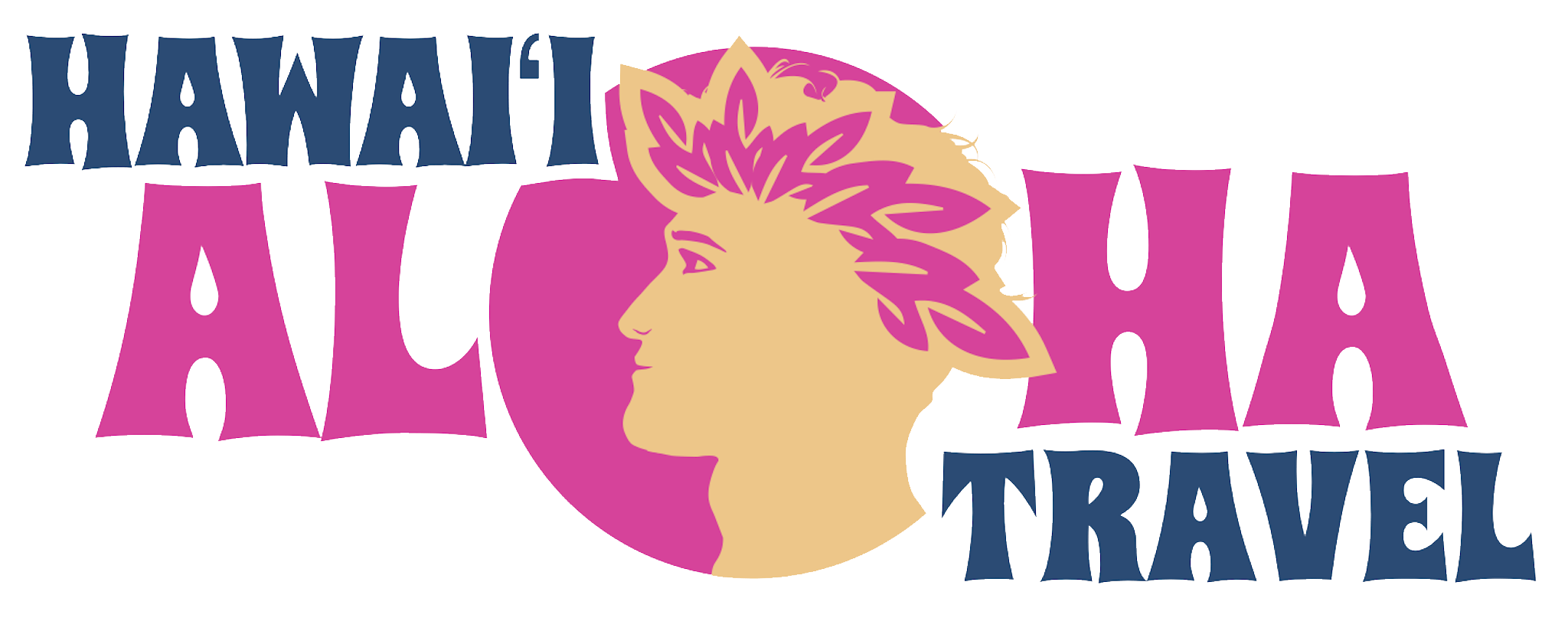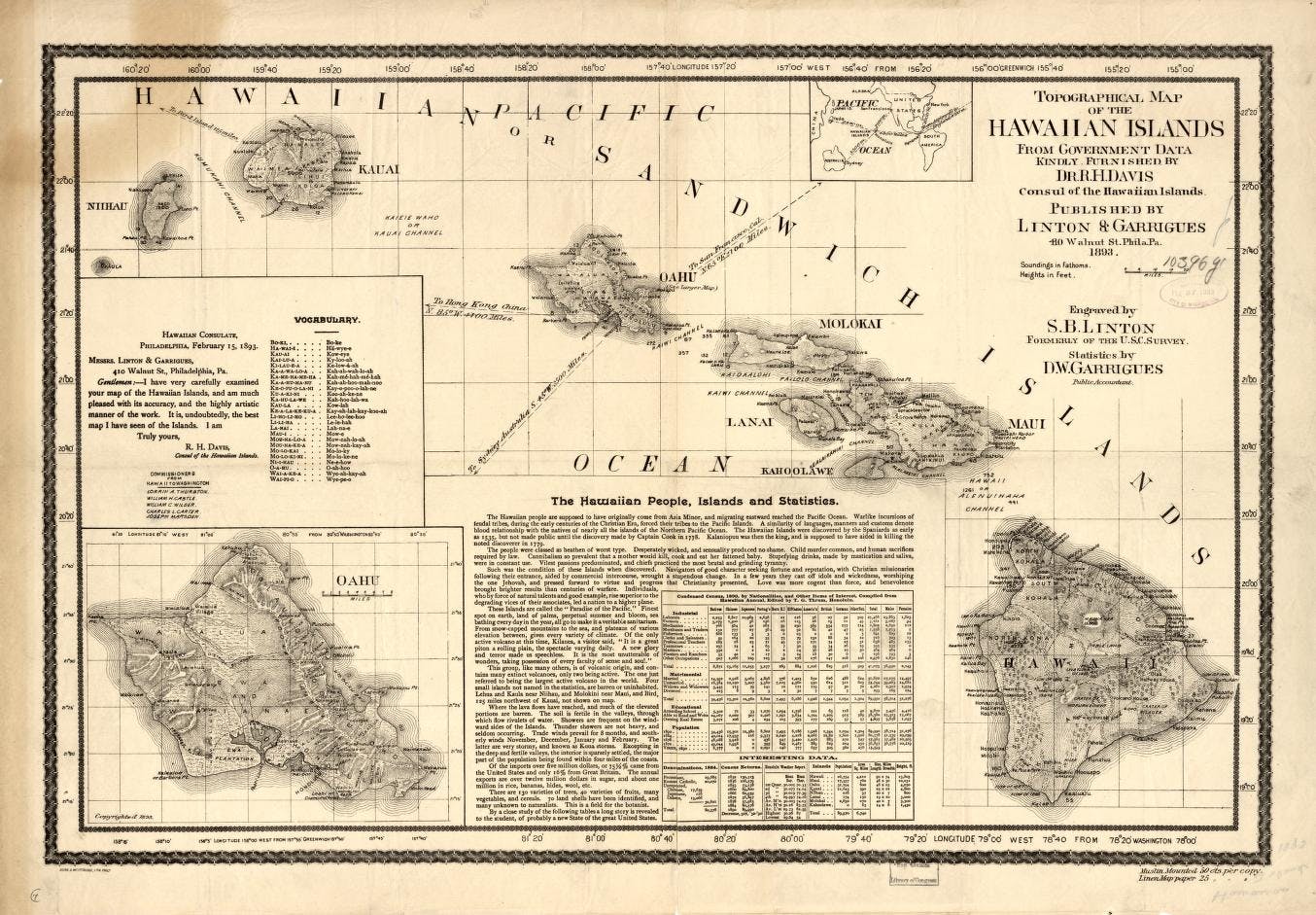Do you know the origins of the Hawaii island’s names? Each of the eight major islands in Hawaii has a fascinating history that resulted in their unique names and nicknames. Learn about them here before your next adventure in the islands.
Hawaii – “The Big Island”
Hawaii Island often confuses first-time visitors who aren’t familiar with all the Hawaii island’s names. After all, Hawaii is the name of the state, the archipelago of islands, and the biggest island. Many people will refer to Hawaii’s youngest and biggest island as “the island of Hawaii” or “Hawaii island” to avoid confusion.
Many people also refer to Hawaii Island as “The Big Island, a nickname with simple and obvious origins. Hawaii island is over 4,000 square miles – nearly twice the size of all the other islands combined. And it’s still growing! Kilauea, the world’s most active volcano, continues to add land to this “big” island by way of hardened molten lava.
It’s commonly believed that Hawaii island was named after voyager Hawai‘i Loa who first discovered and settled there.
Maui – “The Valley Isle”
According to old records of Hawaii island’s names, Hawai‘i Loa also discovered the island of Maui and named it after his son, who he named after the famous demigod.
As the second largest island (about 727 square miles), Maui earned its nickname for the land between its two major mountains: Haleakala and the West Maui Mountains (Kahālāwai). It also features many valleys within these two mountains.
Lanai – “The Pineapple Isle”
While you can find pineapples on any of the major islands, Lanai became synonymous with the fruit because of its many plantations that once stretched across the island. At one point, Lanai produced about 75 percent of the world’s pineapple and outshined others when it became the major exporter.
Pineapple isn’t a dominant crop in Lanai anymore. Instead, the island is famous for its small population and private owner: Larry Ellison owns 98 percent of Lanai.
The island has one major resort (The Four Seasons) and a tight-knit community. You’ll often hear Lanai called “The Secluded Island” or “The Private Island,” a name that better fits its modern reputation.
Molokai – “The Friendly Isle”
Molokai takes you back in time as the least “touristy” of the main islands. It’s the fifth largest (260 square miles) island in the chain. You won’t find a building taller than a palm tree, and you definitely won’t find any chain restaurants or street lights. Many who visit say it’s this laid-back lifestyle that makes the residents here the friendliest.
Molokai is also called “The Most Hawaiian Island” because of its large population of Native Hawaiians who carefully preserve and practice Hawaii’s traditions and culture.
Oahu – “The Gathering Place”
Because Oahu is home to about 80 percent of Hawaii’s population, it’s often been deemed THE main island of the major islands (By “major,” we mean the islands accessible to tourists). Oahu (the third largest island at 596 square miles) is also home to more than 125 beaches, including the famous Waikiki Beach. And because it’s a nice balance of tropical paradise and urban city, Oahu easily suits the interests of all its occupants. Therefore, it attracts more to its shores as a place of gathering.
For many first-time visitors, there’s some confusion over Hawaii island names for Oahu. After all, they may see “Honolulu” so often that they think it’s an island. Honolulu is actually a city on the island of Oahu.
Kauai – “The Garden Isle”
As the oldest geological island, Kauai (fourth largest at 562 square miles) gets its nickname “The Garden Isle” because about 97 percent of its land consists of undeveloped mountain ranges and rainforests. The lush, green landscape is thanks to its rainy conditions: parts of Kauai get about 460 inches of rain every year.
And if you’re interested in gardens, Kauai is a great place to visit. It’s home to many botanical gardens and natural lush forests that you’ll love to explore.
Niihau – “The Forbidden Isle”
Niihau is the seventh largest island at 69.5 square miles. It’s known as the Forbidden Isle (or Forbidden Island) because it’s generally off-limits to all but relatives of the island’s 200 residents, plus certain U.S. Navy personnel and government officials.
There were a few supervised activity tours and hunting safaris that opened to tourists in the late 1980s, but for the most part, the island remains fairly isolated from the rest of civilization.
Kahoolawe – “The Target Isle”
Kahoolawe is the smallest island in Hawaii (44 miles). It became known as “The Target Isle” after serving as a training ground for the U.S. Army during WWII. Today, the state still prohibits the public from accessing the island because of unexploded bombs.
Hawaii Islands Names: Understanding their History and Origins.
Hawaii’s place names are an intrinsic part of the islands’ culture and history, and they help define their unique characteristics. In addition to these eight islands, there are hundreds of islets, atolls, reefs, and minor islands that lay within the Hawaii archipelago. Which ones will you see on your next Hawaii vacation?




